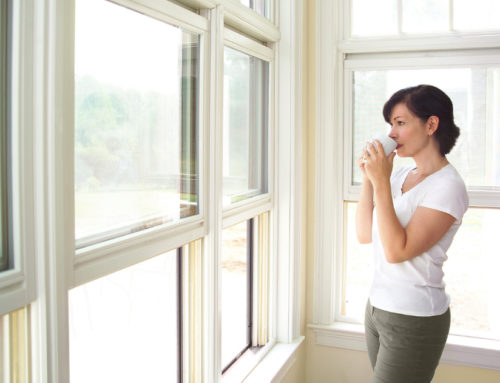Safety, affordability and privacy – it’s no surprise that these were some of top housing needs identified in a recent national survey of more than 10,000 households. But the No. 1 unmet housing concern, which the Demand Institute that carried out the poll defined as the “satisfaction gap” between what respondents actually have and what they said was important, was not as easily expected: energy efficiency.
Survey respondents were given a list of 52 housing and community concerns and asked to rank them, on a scale of 1 to 10, by how important they felt the issues were and how much their current home satisfied these needs. The result: 71 percent of U.S. households polled placed a great deal of importance on energy efficiency, but only 35 percent felt their homes were very energy efficient with low monthly utility costs (the respondents making up percentages answered these questions with an 8, 9 or 10 ranking).
Based on these numbers, energy efficiency was the housing concern with the largest gap between the rates of importance and satisfaction – beating out consumer needs and wants for updated kitchens, storage space, safe neighborhoods, affordability, landlord responsiveness and more.
Why the strong desire for energy-wise homes?
“Utilities are a significant and regular part of households’ budgets, and spending on utilities has risen more quickly than overall consumer spending – 56 percent vs. 38 percent growth since 2000,” said Louise Keely, president of the Demand Institute, a nonprofit think tank jointly created and operated by Nielsen and the Conference Board to monitor consumer demand.
This interest in reducing utility bills was likely the motivation for another poll finding: 90 percent of households reported taking measures to reduce energy use in the last five years:
- 67 percent of respondents said they changed their energy-use habits
- 63 percent switched to CFL or LED bulbs
- 38 percent sealed air leaks
- 34 percent replaced old, inefficient appliances
- 28 percent installed a programmable thermostat
It’s telling that despite the high percentage of households making energy-efficiency improvements, 35 percent of poll participants were still not satisfied with their homes’ energy usage; America’s housing stock has a long way to go before it consumes energy very efficiently.
But there has been a significant investment in the energy efficiency field over the past few years, especially from the 2009 federal stimulus. There are now more trained home performance professionals who know how to weatherize homes, as well as more rebates and services for home energy-efficiency improvements than ever. So, why aren’t Americans taking better advantage of these opportunities, if they say they are so interested in energy efficiency?
Perhaps it’s a simple matter of consumers not knowing about services and programs, or – as is most often the case – it’s about money; individuals simply cannot afford to retrofit their homes, even with the rebates and financing options available to them.
The Demand Institute did find a difference in the types of energy-saving actions taken between higher- and lower-income households, Keely said. (The poll attempted to capture a representation of all U.S. households: renters and owners, young and old, high- and low-income).
“Many energy efficiency enhancing options where there is a significant tax impact, like replacing windows or doors, are very expensive and are more likely to be taken by higher income households,” she said. “Lower income households are more likely to report taking inexpensive actions like applying weather stripping or plastic wrapping to windows and doors.”
Advocates for energy efficiency have long known that financing is the key to convincing more Americans to upgrade their homes – by offering attractive rebates and tax credits, or allowing homeowners to pay for retrofits over time through their property taxes or on their utility bills, for example. But now that consumer demand for energy efficiency is at an all-time high, finding ways to make energy improvements more affordable is more important than ever.
Image credit: Flickr/Brett and Sue Coulstock
Passionate about both writing and sustainability, Alexis Petru is freelance journalist and communications consultant based in the San Francisco Bay Area whose work has appeared on Earth911, Huffington Post and Patch.com. Prior to working as a writer, she coordinated environmental programs for Bay Area cities and counties. Connect with Alexis on Twitter at @alexispetru

